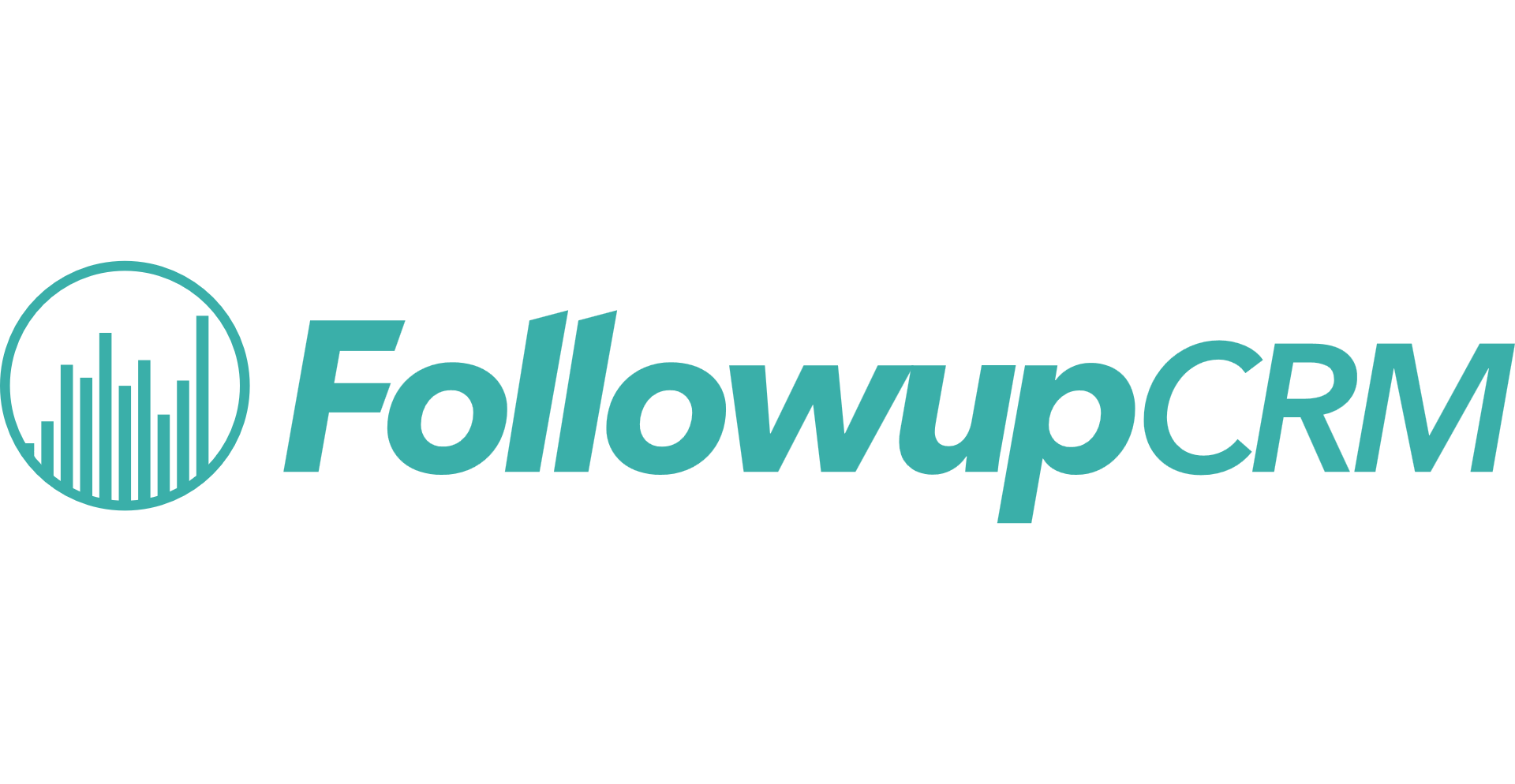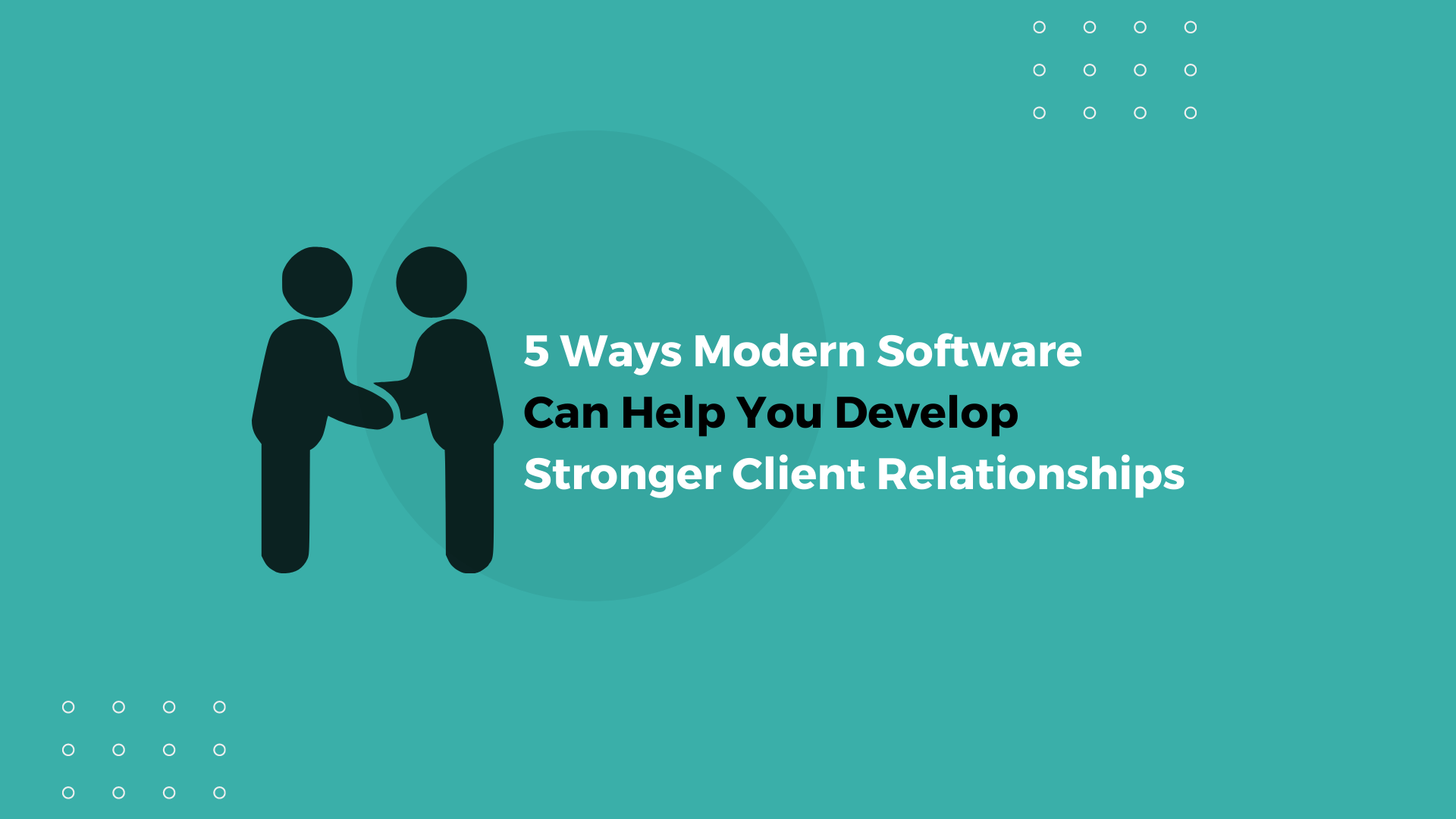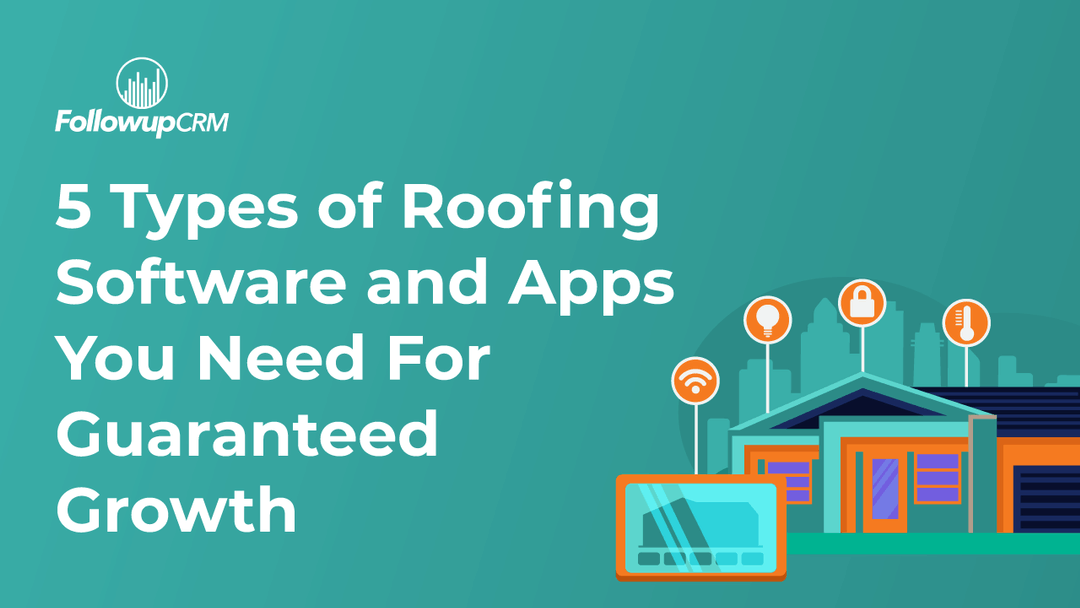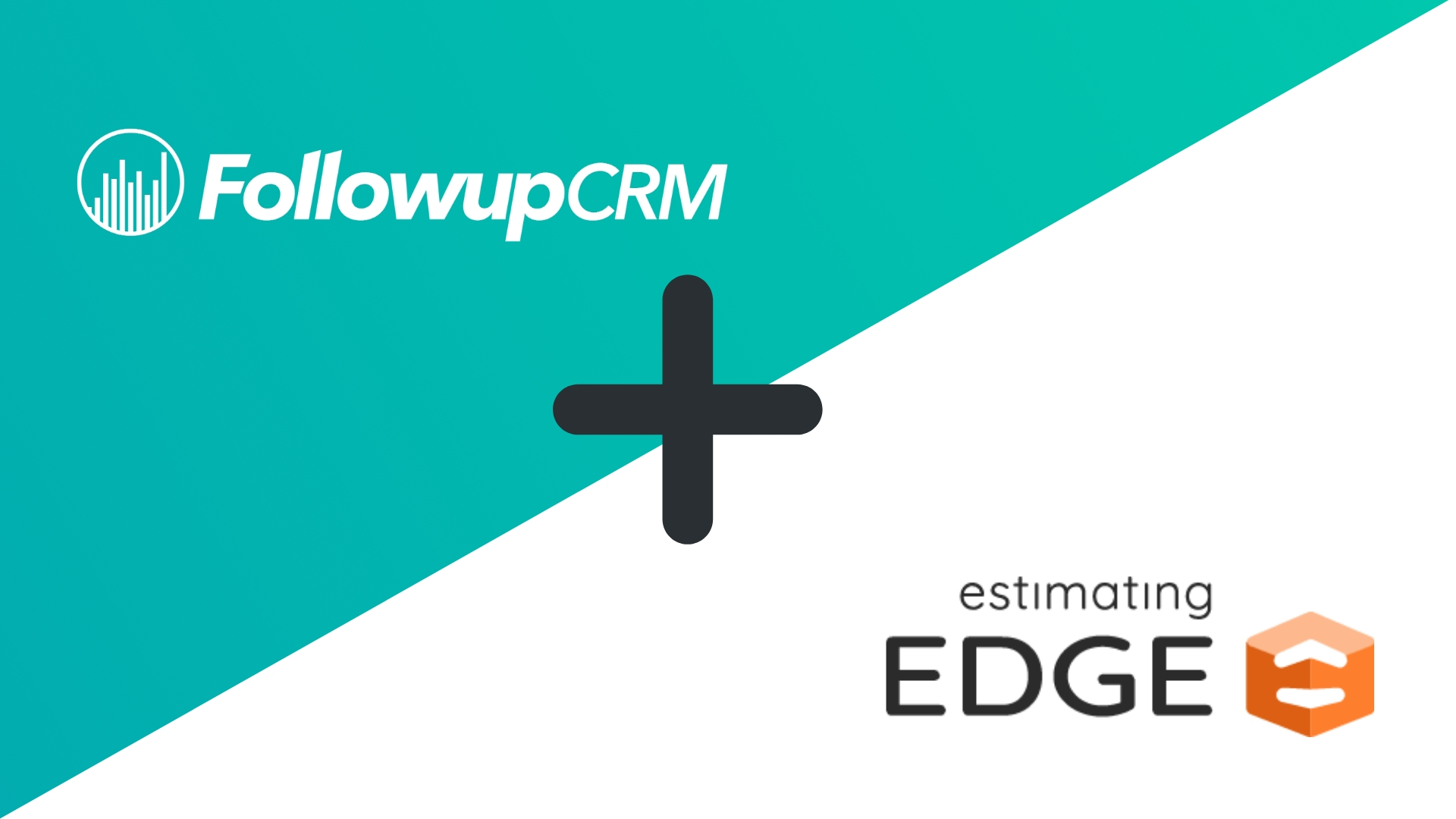A typical sales process goes like this: qualify the lead, present your quote, try to close them, overcome objections. The prospect says they’ll think it over, now they’re out to lunch, or in a meeting, or on vacation – any excuse to prolong the decision-making process.
Here’s how the sales process should go:
1. Relate and Connect
First, you’ll relate and connect. You want to immediately try and build rapport with the prospect. In this phase of the sales process, you’re telling your story. People buy from people. Create the opportunity to connect with your clients on a personal level. Finding common interests and commonalities is critical and should be what your first focus is. When it comes to connecting with prospects and building rapport, oftentimes that requires you to be adaptable. You have to be able to adapt to the environment without giving up your values. Then you’ll want to acknowledge your story. Your story should be a blend of personal and the company.
.png)
2. Establish the Rules of Engagement
Next, you’ll want to establish the rules of engagement. Ask yourself, “How are we going to go about what we’re go to go about?” The next step of the sales process and one of the most important ones is establishing the rules of engagement. Whether you’ve built rapport for five minutes at a trade show or three hours at dinner, you’ve gotten a one-on-one with them and this is where we start that path of establishing the rules of engagement. The one-on-one is when you’ll start talking business. One thing to consider during this step is that “if you don’t come up with the rules together, they’ll come up with them on their own.” You need a game plan of how you’re going to establish that.
3. Finding the Problems
Once you’ve established the rules of engagement, you’ll want to work on finding problems. This is where you’ll be given the questions that you should ask the prospect, ultimately to get them to talk. You should follow the 70/30 rule during this step where the prospect talks 70% of the time and we talk 30%. When we’re jumping into a meeting with a prospect or customer, we need to define our intent. Instead of having the intent: “I’m here to sell something today” try switching that mindset to: “I’m here to help my prospect or client solve a problem today.” That’s truly helping people buy and if we shift our mindset to this, it’s going to be a lot less stressful going into your meeting.
4. Ask about the Money
Next, you’ll ask about the money and try and get a feel for their budget. This is the best time to bring this up during the sales process as they’ve just shared their massive number of needs. This is a great opportunity to tie this into the conversation. If you talk about price too early or too late, they think you don’t understand all sides of their problems. The big question to ask yourself is, “Wouldn’t you rather know if they can afford you before the proposal?”
.png)
Here’s how you can approach entering the money step conversation:
- Before talking money, be sure to have identified that their problems that have made an emotional impact.
- Make sure you have an idea of what their problems are costing them.
- Know how they are impacted by their problems
- Review the problems with them
5. Ask About the Decision Process
After asking about the money, we’ll enter the decision process – who's involved? When? Where? Why? What? We want to understand all these factors before sending the quote. How many times have you given a presentation to a prospect or client who didn’t have the power, authority, or capability to make the buying decision? And you had to go back and present again and again.
Some examples of questions to ask during the process are:
- “How does the decision-making process work here on a project like this?”
- “What are the time factors driving your decision?”
- How long does a decision like this typically take?”
- “When do you need to reach a decision by?”
- “Which of the criteria will be most important?”
- “Where will this decision be made?”
- “What outsider influences could impact the decision?”
6. Present to the Problems
Next, we’ll present to those problems, focusing on the solutions to the pain points the prospect mentioned earlier in the conversation. Sure, we’ll want to focus on features and benefits during the presentation, but the main goal during this stage is to be solution-oriented and concentrate primarily on solving their problems.
.png)
Here are the elements of making a good presentation:
- Be physically present. If you can’t be physically present, get on a video conference call. Remember, 55% of communication is nonverbal
- Be concise, clear, and patient
- Talk about what you’re going to talk about. Prepare them
- Talk about it
- Be “low and slow”
- Ask checkpoint questions
- Use visuals if possible
7. Follow Up and Follow Through
The last stage of the sales process is to follow up and follow through. After your presentation, you must never leave without understanding a clear and mutual next step in the process. Key word – mutual. This is your responsibility, not the prospect’s.
Here are some shocking statistics to help you understand why it’s so important to consistently follow up:
- 48% of salespeople never follow up with a prospect
- 25% of salespeople make a second contact and stop
- 12% of salespeople only make three contacts and stop
- Only 10% of salespeople make more than three contacts
- 2% of sales are made on the first contact
- 3% of sales are made on the second contact
- 10% of sales are made on the fourth contact
- 80% of sales are made on the fifth to twelfth contact
Even just contacting a lead a second time puts you ahead of 75% of other sales people, but don’t just stop after the second call. There’s no question that consistency always wins.
Apply these seven steps to your prequalification process and you’ll save so much time and close more deals, every time.
Followup CRM
Followup CRM can help simplify your prequalification process. Followup allows you to track and manage your leads, pipeline, sales behaviors, and more. Our system helps construction companies streamline their sales process and keep organized. To learn more about how Followup CRM can help your construction company, schedule a live demo today.
About Gregg Wallick
Gregg Wallick is the Founder at Followup CRM. Also, the CEO of Best Roofing, Gregg faced some great challenges managing a roofing business when the recession hit in 2008. After hiring a professional sales coach, Gregg realized they did not have a set sales process in place and they were not leveraging a CRM to track sales activities. This sparked an idea that led Gregg to design a cloud-based CRM that standardized the selling process, was easy to use and helped with accountability. That’s when Followup CRM was born and is still growing and evolving as we continue to improve the system, add more integrations and new features.
Gregg graduated from the University of Miami where he earned his BBA and MBA. He also served as an assistant football coach at UM for two seasons while attending graduate school. Fun fact: Gregg has a pet mongoose!







